We all know that Japanese have developed the art of living in small spaces. They have capsule hotels, so why not have capsule student housing? The big difference is that in hotels you only stay for one night, but a house is supposed to be more permanent. These
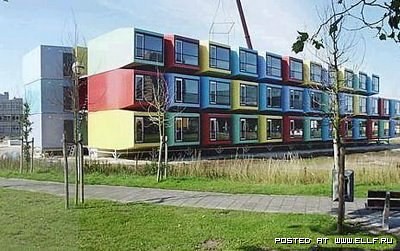

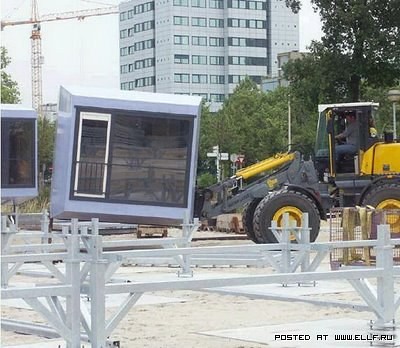
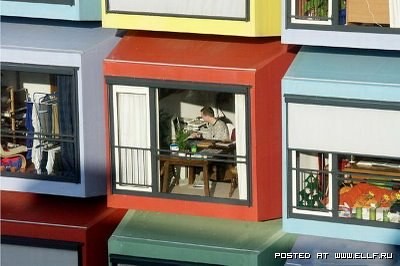

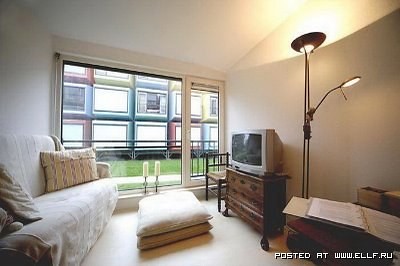
The student
Student O2 Village - Integrated with Natural Environment
The Technical University of Munich in Germany (together with M-Ch "Micro-compact home") decided to install these units in 2006 - with students and professor to live in it for a 6 months term period. The results of this experiment - all six occupants living there have extended their stay for the full academic year.


"Each 2.65m cube features high technology, including broadband and standard internet links a plasma screen and high quality kitchen and bathroom appliances, some provided by co-sponsors, Siemens."

First Capsule Building
Not only students can "enjoy" living in modular, or capsule-like apartments. The whole "capsule living" idea started with this project, built in 1970 in Tokyo:

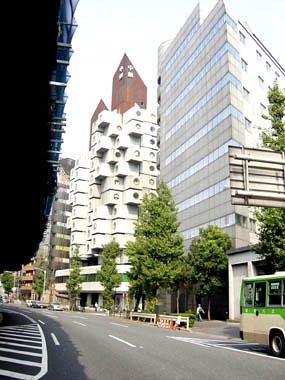
The Nagakin Capsule
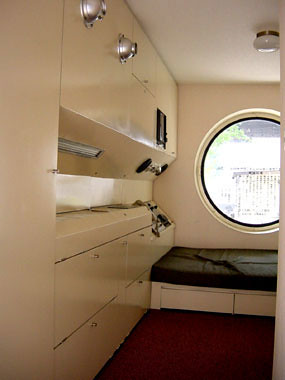
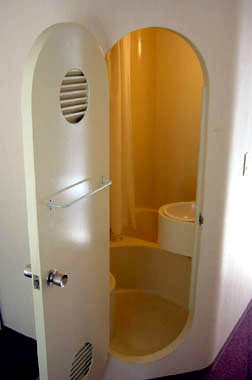
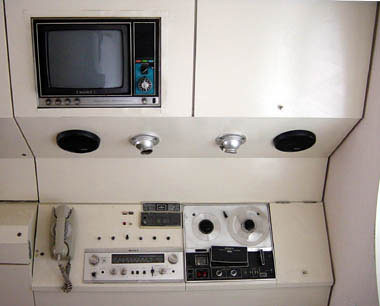

UPDATE. Alan pointed out that capsule housing development really started with "
Modern Japanese Capsule Hotel
There are many series of images of these practical, but a little creepy establisments, circulating around internet. The following photos were taken by Ivan Minic, on one of his travels, complemented by photography by Louie Psihoyos/
The hotel is one of many located around


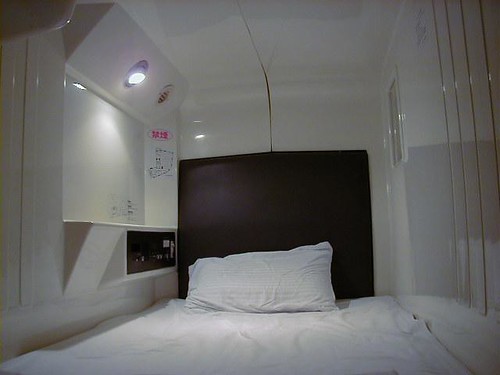



It's probably all right for a short stay, no more than a couple of nights, being very economical in the high-price Tokyo environment. One day you'll crawl
Reversible-
These cute looking (almost like a child's toy blocks) apartments are located in Mitaka, a suburb of Tokyo, Japan. They were designed by Japanese artist Shusaku Arakawa and French poet Madeline Gins.

The original concept is not only playful, it changes the occupant's life in the interesting ways, some of them quite confusing:
"Painted in eye-catching blue, pink, red, yellow and other bright colors, the building resembles the indoor playgrounds that attract toddlers at fast-food restaurants. Inside, each apartment features a dining room with a grainy, surfaced floor that slopes erratically, a sunken kitchen and a study with a concave floor. Electric switches are located in unexpected places on the walls so you have to feel around for the right one. A glass door to the veranda is so small you have to bend to crawl out. You constantly lose balance and gather yourself up, grab onto a column and occasionally trip and fall."



Arakawa and Gins hope to start a revolution in the way communities look and live - and not only in Japan. They are currently in talks with official in Paris and New York to build "Hotel Reversible Destiny" and develop new plans for whole city blocks (with every module pre-assembled in Japan)


Currently the prototype housing project has quite prohibitive prices, close to $800,000 per unit - but